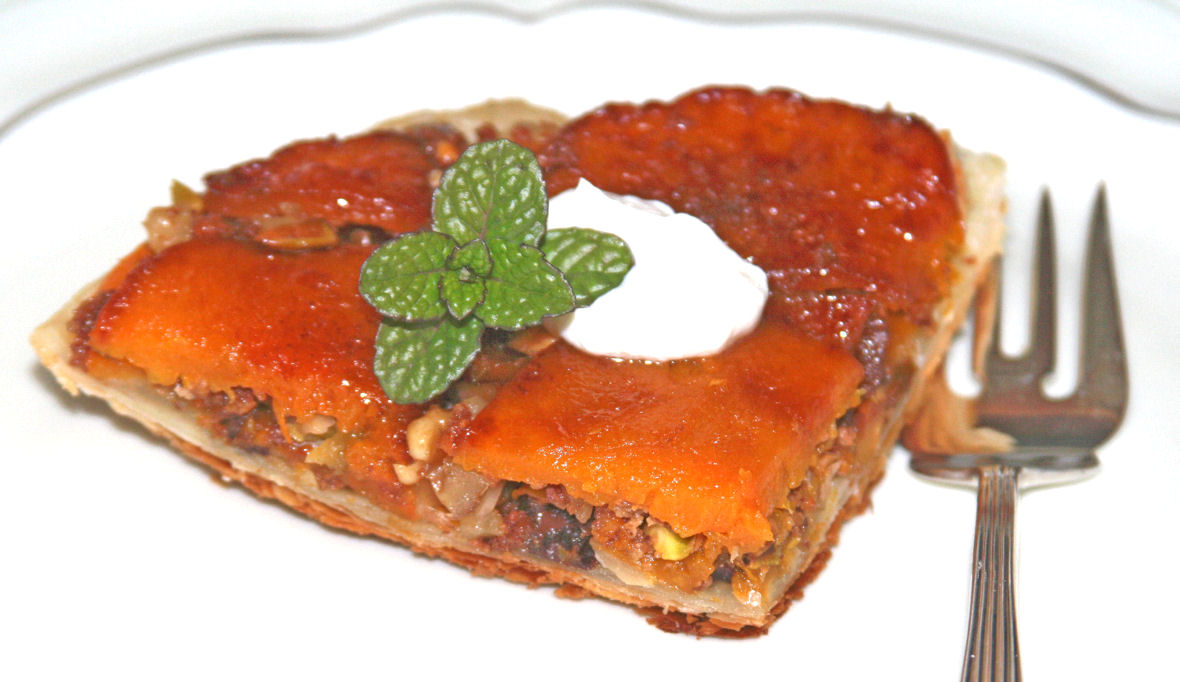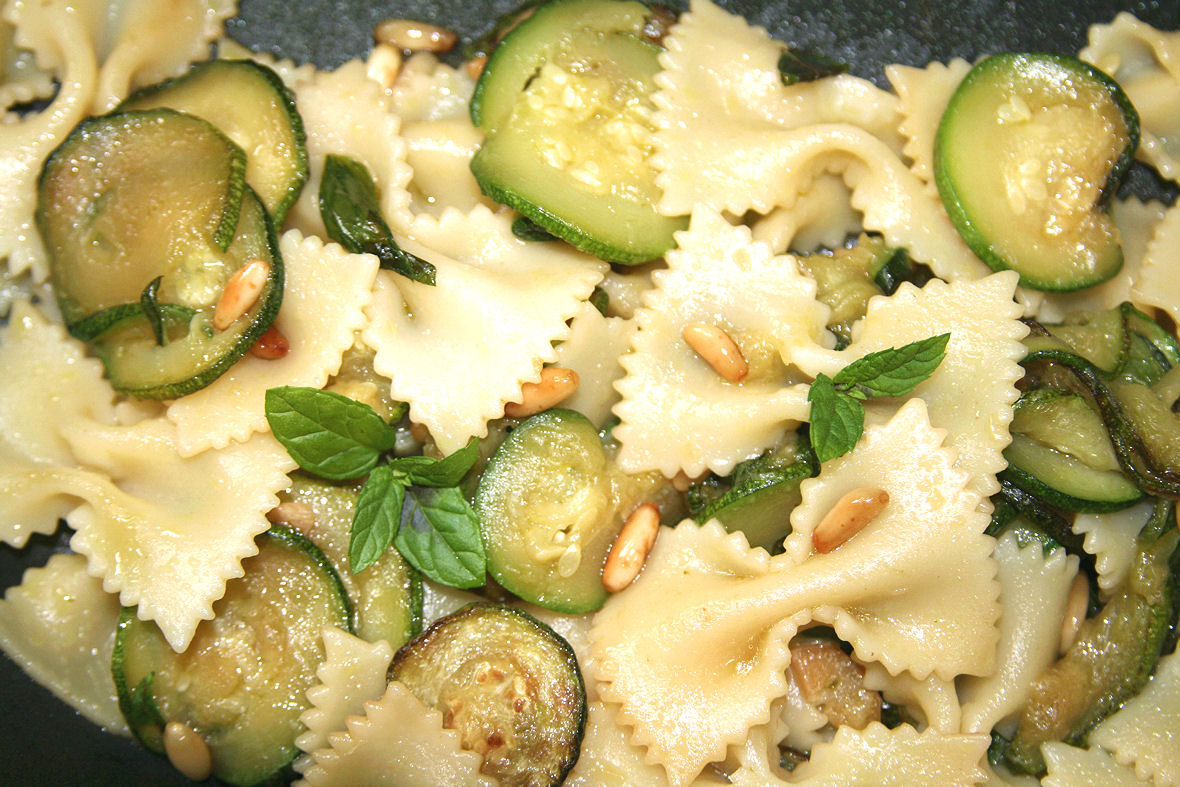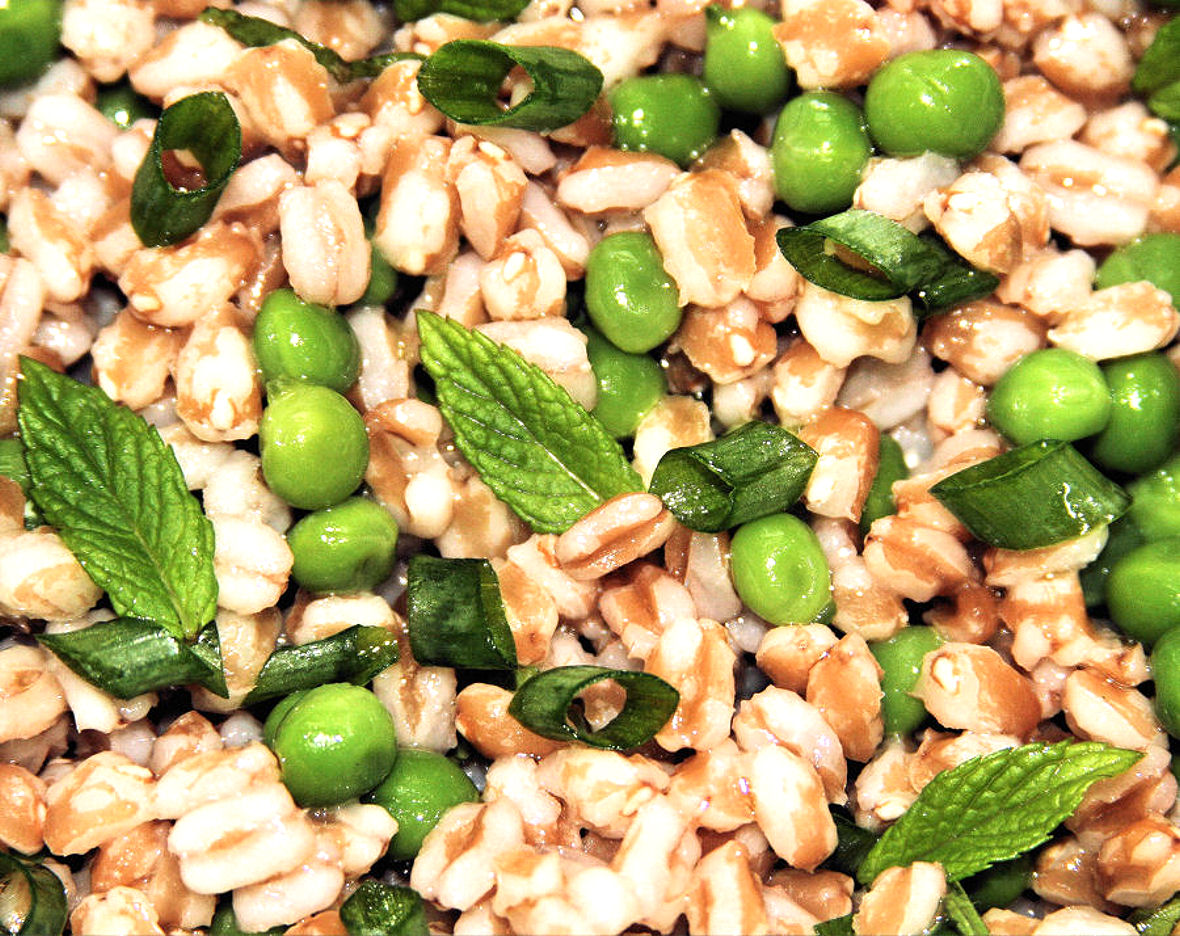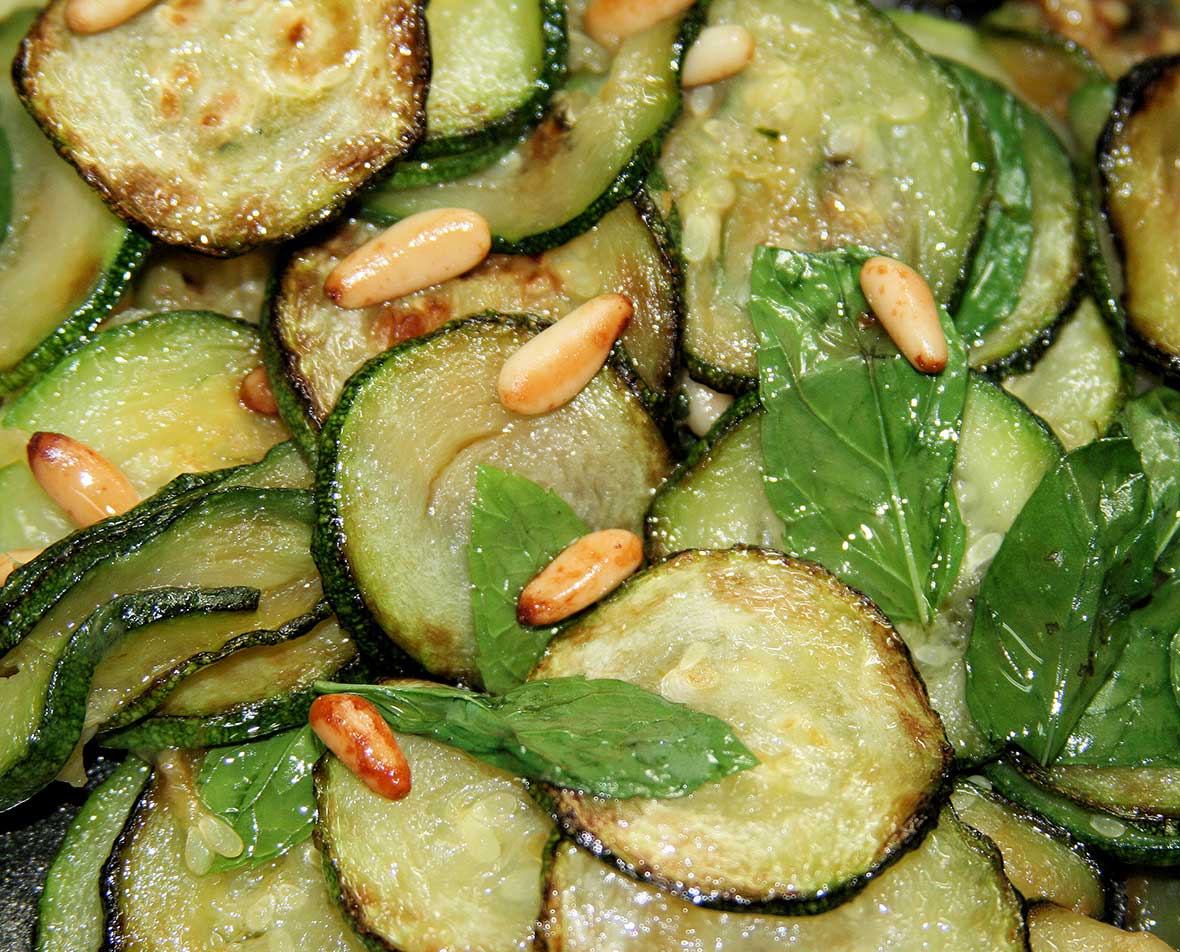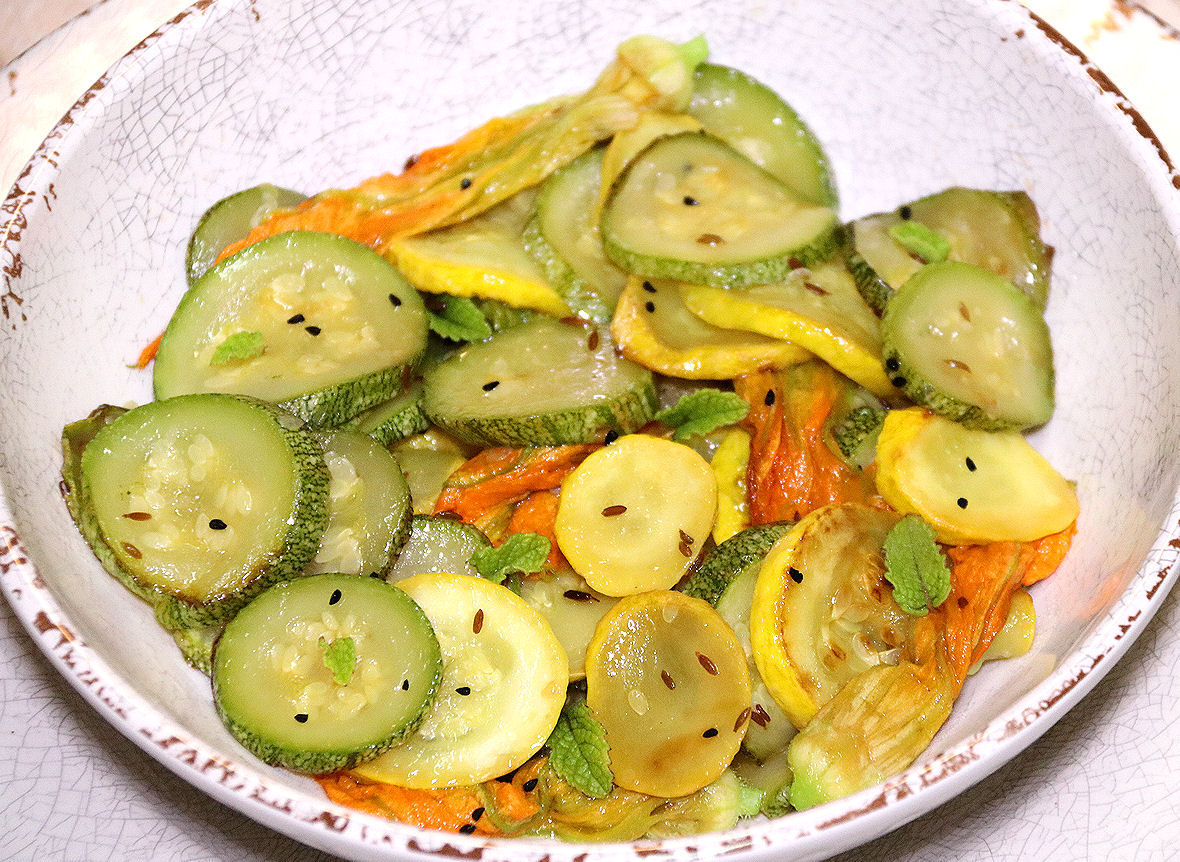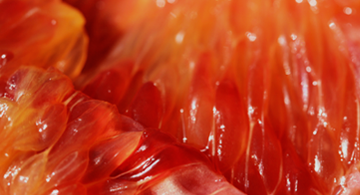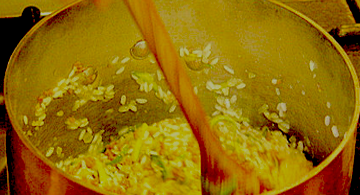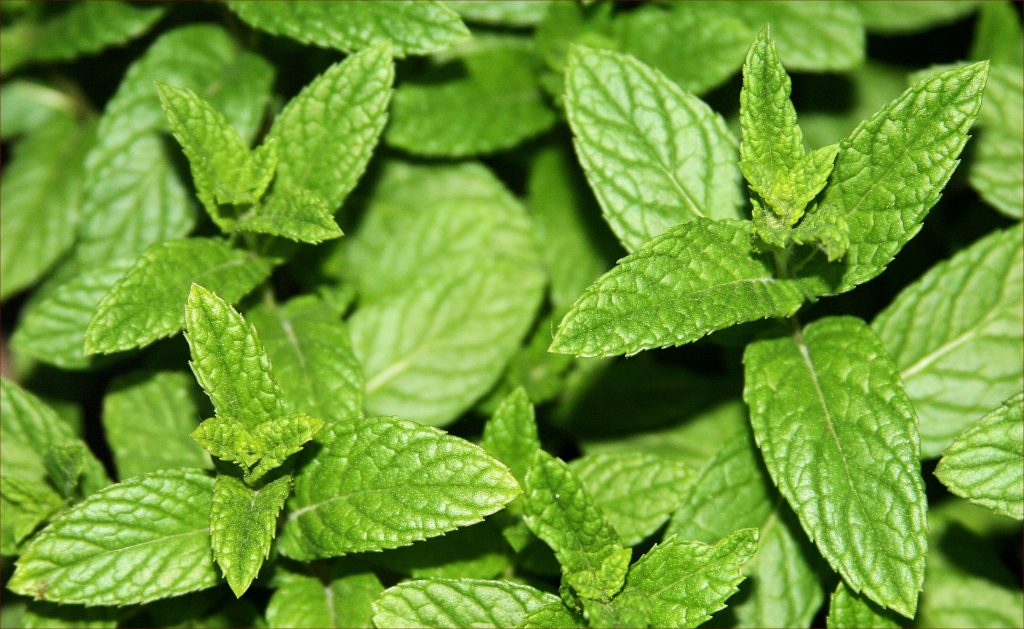
“Woe to you Pharisees, because you give God a tenth of your mint, rue and all other kinds of garden herbs, but you neglect justice and the love of God. You should have practiced the latter without leaving the former undone.” Luke 11:42. As a member of the Lamiaceae or Labiatae Family, mint is characterized by its square, hearty stem with paired leaves. This perennial herb genus has about 25 species, multiple variations on its main flavor, and hundreds of varieties of flowering plants. An aromatic, mint prefers full sun and moist soil and is very hardy withstanding cool climates. This herb swiftly spreads taking over an herb garden if unchecked, plant it once and you probably won’t need to re-plant it again for years. (Chives are similar.) In climates of definite winter, it is one of the last herbs still green and growing and one of the first welcoming signs of early Spring. Different varieties of mint grow throughout the world and are used often as an herbal home remedy and as a special herb flavoring in food.
Traditions: From hieroglyphics dedicated to the god Horus in the temple of Edfu, it is known that mint was used in making perfume. From Book III, On Right Pleasure and Good Health, Platina (1421-1481 A.D.) #23. On Mint.
“The herb mint has a very pleasant odor. The poets say it was a girl loved by Pluto and changed into an herb of her own name by Proserpina, who was his concubine. From this, it is called mentula as if a gift of love, or reward, or because the table is suffused with a pleasant odor, for this herb arouses dead passion on account of its inflammatory force and dampness. For this reason, I believe, the ancient leaders of armies forbade the troops to eat this herb because they wanted them chaste, from which a camp was named. Mint induces the appetite and keeps the stout from wasting away. It makes the heart glad, helps the stomach, kills worms, and is especially effective against the bite of a rabid dog…..”
Applications: Mint is a known strong diuretic and stimulant from the time of Hippocrates (circa 460 B.C.E.-circa 377 B.C.E.). For centuries it has been considered a mild decongestant countering respiratory ailments and was used as an inhalant to treat chest pains as well as infused in water to make herbal tea. In ancient Rome, the author and naturalist Pliny the Elder (23-79 A.D.) recommended students wear wreaths of mint to stimulate their minds. Immerse fresh or dried mint leaves to make an herbal tea; drink it to calm the stomach especially if feeling nauseated or as a blood cleanser.
Mint Essential Oil: This essential oil is quite potent, so always dilute it with another oil. External use is good for balancing nervous disorders, to reduce swelling on extremities, and heal bruises and acne. Its essential oil is extensively used for almost all oral care products. For shampoo and bath gels, it is often combined with rosemary. In Ayurvedic healing, mint oil is considered cooling, and is recommended for Pitta humor, apply to the head.
Culinary Uses: Possessing a dominating flavor, mint is used alone as the single herb in most dishes or combined with parsley and/or basil. Especially in Liguria, it is combined with parsley and basil when making pesto. More of an herb for warm weather meals, it is particularly good with boiled artichokes and peas, roasted peppers, roast lamb, roast whole fish. As a dessert flavoring, fresh leaves are added to fruit salads. Mint extract flavors gelato and ice cream, and mint syrup is included in many alcoholic and non-alcoholic cocktails.
* This synopsis imparts valuable information that could be beneficial as part of a wellness program. Its purpose is to open the thought process to consider including herbs and spices as natural supplements in personal regimens. Briefly stating how the plant was valued and used historically in different ages and cultures, it lists some current uses. If interested in this particular plant, please extend your research via books and articles for more details and uses.
With increasing interest for including alternative therapies with standard drug therapy, research continues, so this topic evolves continuously. Please consult your wholistic and holistic practitioners, homeopaths, nutritionists, dentists, and physicians to keep yourself updated if you choose to incorporate or ingest the plant in any form for medical purposes.
